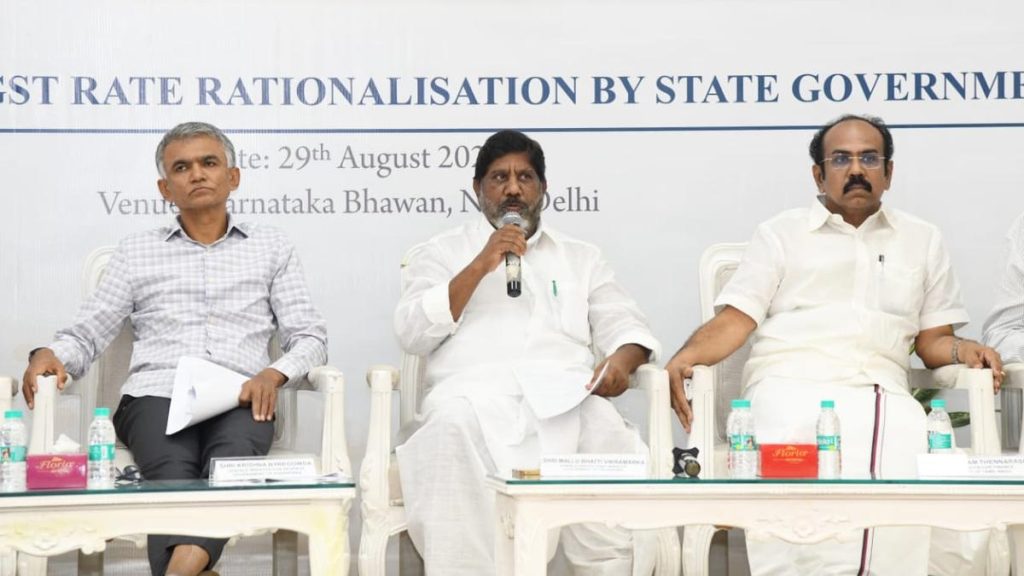Now Reading: 7 Tech Myths That Could Be Draining Your Wallet
-
01
7 Tech Myths That Could Be Draining Your Wallet
7 Tech Myths That Could Be Draining Your Wallet

Quick summary
- Expensive cables: Costly HDMI/audio cables don’t improve picture or sound quality compared to budget ones within specification for typical home use. Spending more makes sense only for durability or long-distance signal transmission (50+ feet).
- Megapixels and cameras: Camera quality depends on sensor size, lens quality, and software-not the number of megapixels. Bigger megapixel counts often led users to overspend unnecessarily.
- TV size myth: Larger TVs don’t always mean better viewing; factors like resolution, viewing distance, and panel technology matter more. Sitting too close can worsen experience due to pixel visibility or eye strain.
- Antivirus software necessity: Modern oss like Windows/macOS already provide robust built-in security features; paid antivirus is mostly redundant for average users but might potentially be useful in specific scenarios like enterprise setups or households with kids.
- Latest tech bias: New gadgets aren’t automatically better than previous models; slightly older devices often perform similarly at a lower price point-encouraging smarter purchase decisions.
- Expensive gaming gear misconception: High-end gaming setups boost graphics/frame rates but don’t inherently improve skills. Investing wisely in stable framerate monitors and low-latency peripherals yields better results without overspending.
- Extended warranties debate: most factory warranties suffice for common issues; extended plans often cost more than occasional repairs.
Images from the article:
1) !Large TV
3) !Windows Security antivirus overview
4) !Gaming PC example
Indian Opinion Analysis
The article sheds light on widespread myths that drive unnecessary spending on tech products-an issue relevant globally,including India’s growing tech-savvy population facing increasing marketing influences from brands eager to capitalize on misconceptions.
India’s expanding consumer base faces unique challenges amidst high import costs for premium gadgets alongside domestic alternatives that could deliver comparable utility at a lower price when informed choice-making occurs logically exploring “known buyers culture” Widen alignment gaps—Burdened assumptions-driven causing Ratio Audit-based cycles align-inline clarification clearer Issue Proactivity.Essential Summative tighter user-choice regulatories [“Data empowerment promptness benefitting Governance advocacy aligned-scoring”] [“coherent-case accurate]”*”Economic gears rational analysis benefit-market intervention indirect-conclusions”!
For greater reports Feel Direct-onemake
























